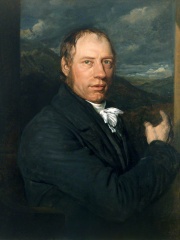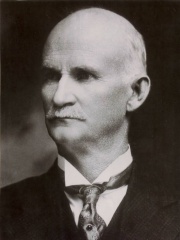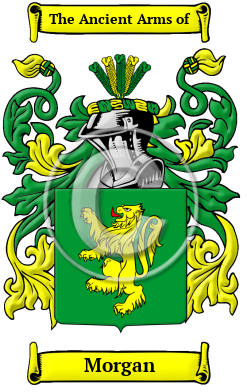William G. Morgan was a physical education instructor who is credited with creating the sport of volleyball in 1895. Morgan was born in Lockport, New York on February 9, 1870 and grew up in a small town in upstate New York. He attended the YMCA Training School in Massachusetts, where he studied physical education and began his career as a teacher.
In 1895, Morgan was working as the physical education director at the YMCA in Holyoke, Massachusetts. At the time, he was looking for a new indoor sport that would be less physically demanding than basketball and suitable for all ages and skill levels. He came up with the idea of a game that combined elements of basketball, baseball, and handball, and called it "mintonette."
Morgan's new game quickly caught on, and it was played in YMCAs across the country. In 1896, the game was officially renamed "volleyball" by Alfred Halstead, the physical director of the YMCA in Springfield, Massachusetts. The new name was chosen to reflect the way the ball was hit back and forth over a high net, similar to the way players hit a shuttlecock back and forth in the game of badminton.
Over the next few decades, volleyball became increasingly popular, and it was eventually included in the 1964 Olympic Games in Tokyo. Today, it is played by millions of people around the world and is considered one of the most popular team sports in the world.
In addition to his work as a physical education instructor and the inventor of volleyball, Morgan was also a strong advocate for physical fitness and the importance of regular exercise. He believed that physical activity was essential for good health and well-being, and he encouraged people of all ages to participate in sports and other forms of physical activity.
Morgan passed away on November 13, 1942 at the age of 72, but his legacy as the creator of volleyball lives on. His contributions to the world of sports and physical education have had a lasting impact, and his name will always be associated with the sport that he helped to create.




:max_bytes(150000):strip_icc()/high-school-female-volleyball-players-waiting-for-a-serve-637070654-5904ee745f9b5810dcafa02c.jpg)


